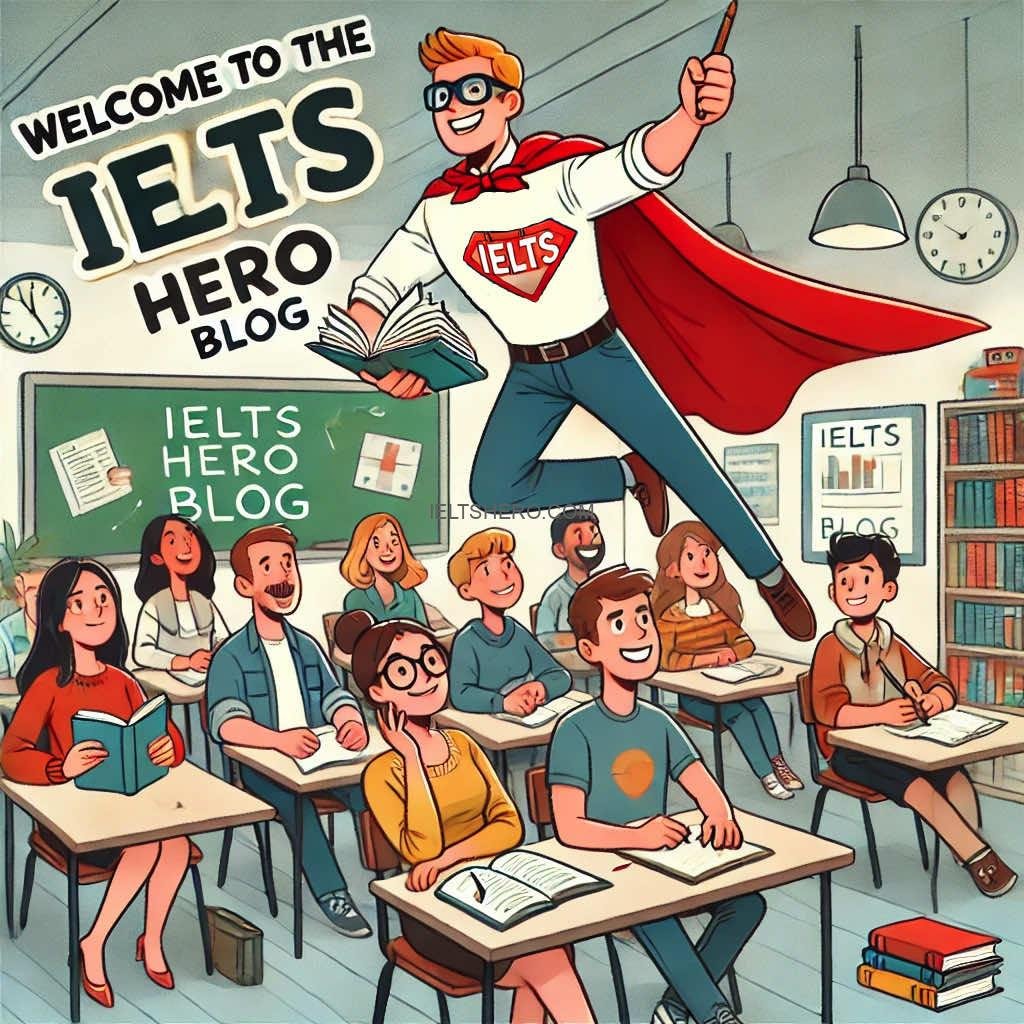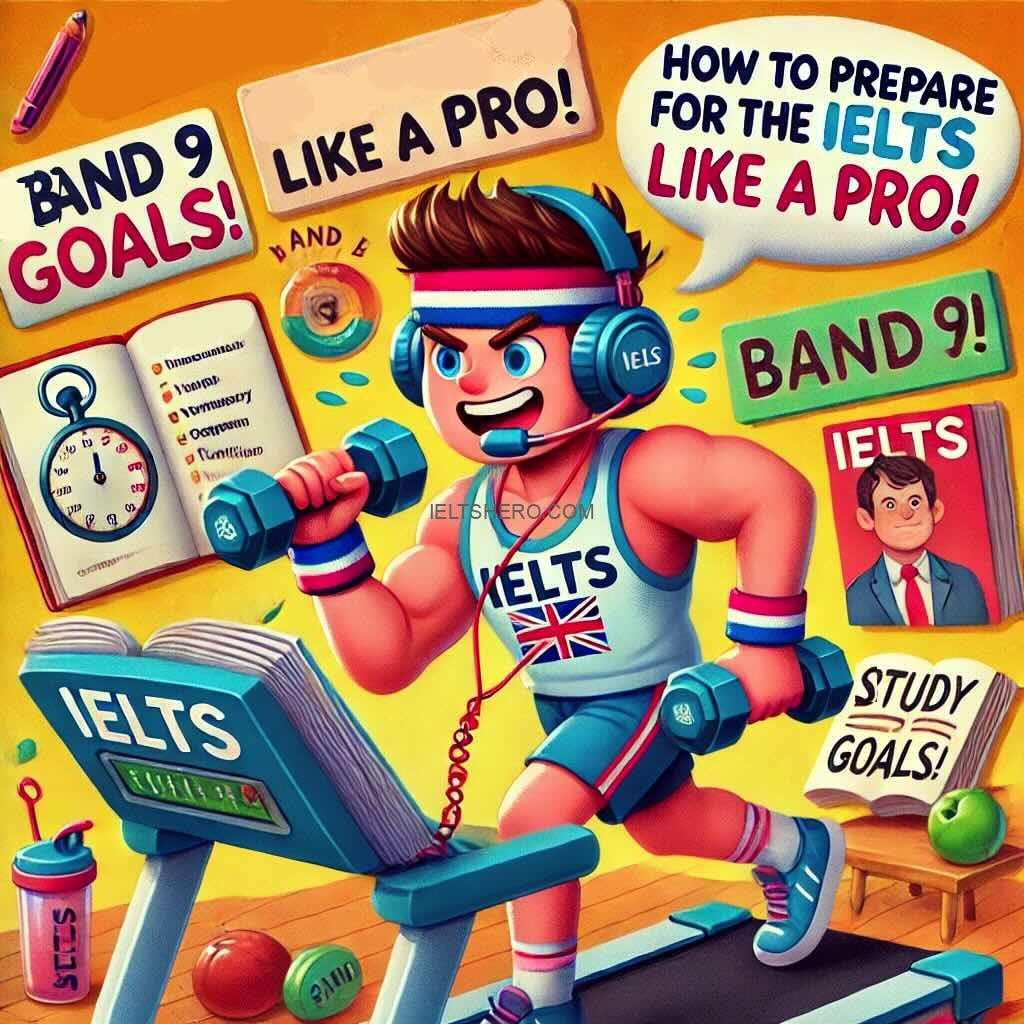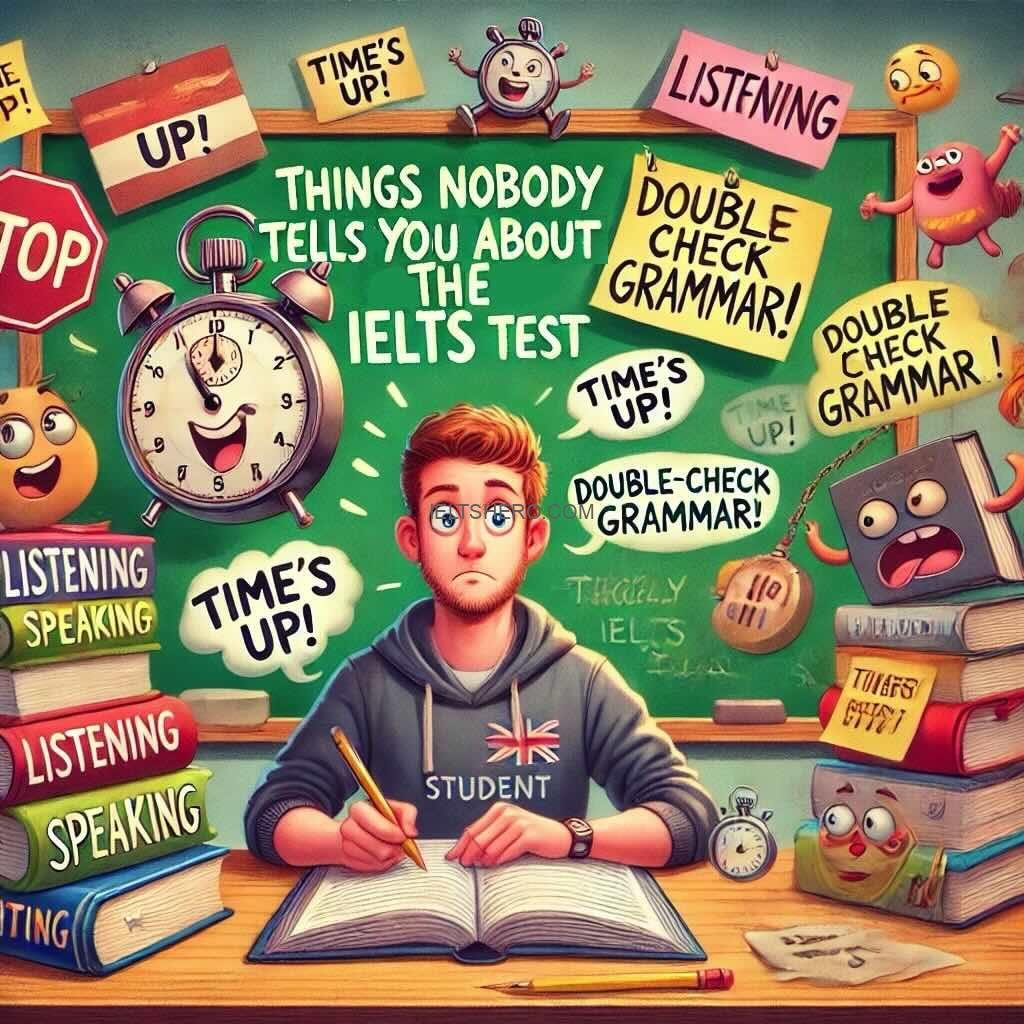Hello, my IELTS champions! 📚
Today, we’re tackling the Academic Reading test – the part of IELTS where you stare at a passage, the passage stares back at you, and you both pretend not to be intimidated.
If the idea of wading through complex texts about climate change, ancient civilizations, or the latest in microbiology makes you break out in a cold sweat, fear not! By the time we’re done here, you’ll be decoding academic texts like a seasoned scholar (or at least like someone who knows how to fake it).
What’s in the IELTS Academic Reading Test?
This section is made up of three long passages taken from newspapers, journals, and textbooks. Unlike the General Training test, which features everyday topics, the Academic Reading section is packed with dense, information-heavy texts that make you feel like you accidentally wandered into a university lecture.
Each passage comes with 40 questions in total, spread across different formats:
✔ Multiple-choice
✔ True/False/Not Given (A.K.A. the IELTS mind game)
✔ Matching headings
✔ Sentence completion
✔ Summary completion
✔ Diagram or flowchart completion
And the cherry on top? You only have 60 minutes to get through it all. That’s right—just one precious hour to read, analyze, and answer questions like a reading ninja.
The Struggles of an IELTS Academic Reader
Ah, yes. Academic Reading: the place where your dreams of an easy test go to die.
Common struggles include:
🔹 Spending five minutes reading the first paragraph, only to realize you understood nothing.
🔹 Convincing yourself that every answer is “True,” because, well… it just seems true.
🔹 Matching headings to paragraphs and realizing you have two left over—like extra screws after assembling IKEA furniture.
🔹 Panicking when you see words like “photosynthesis,” “anthropological perspectives,” or “subatomic particles” and wondering if you should have studied quantum physics instead of English.
But don’t worry! You don’t need to be an expert in marine biology, astrophysics, or ancient history to ace this test. You just need a strategy.
How to Tackle the Academic Reading Beast
1️⃣ Master the Art of Skimming & Scanning
- Skimming = Reading quickly to get the main idea.
- Scanning = Looking for specific information (names, dates, numbers, keywords).
- DO NOT read every word. Unless you have superhuman reading speed, you won’t have time!
2️⃣ Be a Headline Detective
Matching headings to paragraphs can be tricky, but here’s a tip:
- Read only the first and last sentence of each paragraph first. That’s where the main ideas usually live.
- If you’re stuck, look for synonyms—IELTS loves paraphrasing!
3️⃣ True, False, or Not Given? The Ultimate Test of Sanity
This question type is the reason many IELTS students lose sleep at night. Here’s the trick:
- TRUE = The passage directly supports the statement.
- FALSE = The passage contradicts the statement.
- NOT GIVEN = The passage doesn’t mention it at all (don’t assume anything!).
Pro tip: If you can’t find evidence for an answer within 30 seconds, it’s probably Not Given. Move on!
4️⃣ Expand Your Vocabulary
- IELTS passages love academic words like fluctuate, decline, assess, illustrate, significant, phenomenon, derive.
- Don’t memorize random lists—learn words in context! Read articles from BBC, National Geographic, or Scientific American to see how words are used in real-life academic settings.
5️⃣ Time Management is Key
- Passage 1 = Easier, spend about 15 minutes on it.
- Passage 2 = Medium difficulty, take around 20 minutes.
- Passage 3 = The toughest, give it the final 25 minutes (or what’s left of your sanity).
If a question is taking too long, skip it and come back later!
Final Words of Wisdom
Yes, IELTS Academic Reading is challenging. Yes, some passages will make you feel like you accidentally signed up for a science degree. But with the right techniques, you can outsmart the test!
So, take a deep breath, sharpen those skimming skills, and remember: even if the passage is about quantum mechanics in 16th-century agriculture, all you need to do is find the answers—not become an expert in the topic.
Now, go forth and read like the academic champion you were born to be!
Until next time,
Your IELTS sidekick,



